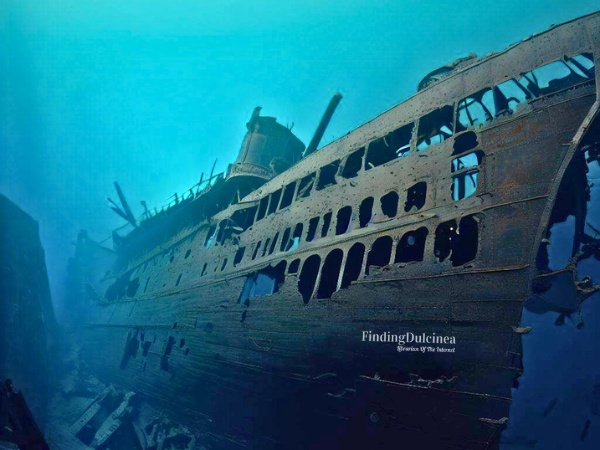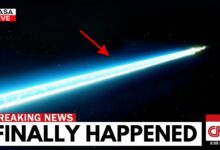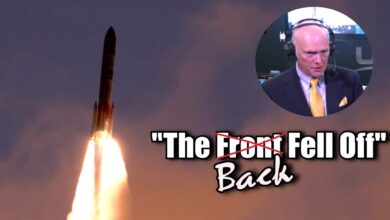How the Titanic Was Found

Just before the Titanic sank, it sent out a distress signal with its exact location. This was crucial, as the nearby ship Carpathia quickly came to the rescue, saving all survivors. However, finding the wreck was much harder than expected. Despite the precise coordinates, locating the Titanic’s wreck took decades of technological advancement.
The initial efforts to find and raise the Titanic were futile due to the immense depth and lack of technology in 1912. Ideas like using dynamite were quickly discarded. It wasn’t until the 1950s, with advancements from World War II like submarines and sonar, that serious searches began. In 1953, explorer Risten Beasley attempted to find the Titanic using early sonar technology but had no success.

In 1977, Robert Ballard, using new equipment, attempted to locate the Titanic but faced setbacks, including the loss of equipment. Despite improvements in technology, funding was a major hurdle. Jack Grim, a wealthy oil tycoon known for funding various expeditions, became involved.
He financed a new search and provided advanced equipment but initially wanted to bring a trained monkey named Titan along, which caused conflict with the scientists. Eventually, the monkey was left behind, and the search continued.
Using sonar and magnetometers, the team searched the area but found nothing. They expanded their search area based on new theories about the Titanic’s drifting position. Despite difficulties, such as a broken magnetometer and bad weather, they marked several potential sites but had to return before confirming anything.
In 1983, Grim tried again but found no definitive results. Meanwhile, Robert Ballard, using his connections with the US Navy, developed a new submersible, Argo, for deep-sea exploration. Under the guise of searching for the Titanic, Ballard mapped two sunken submarines, noticing that their debris fields could help locate wrecks.
In 1985, Ballard used this insight and partnered with the French oceanographic institution Ifremer to conduct a more focused search. They employed a two-phase strategy: Ifremer used sonar to scout the area, and Ballard used the remaining time to search promising spots. By analyzing debris fields and current patterns, Ballard finally located the Titanic, marking a significant breakthrough in deep-sea exploration.
Jack Grim believed he had found a Titanic propeller, but his camera lacked live video capability. In contrast, Ballard’s submersible, Argo, could provide real-time video. Ballard relied almost entirely on this video feed, with his team rotating shifts to monitor it. As days passed with only ocean floor images, tension increased. However, the crew soon noticed what looked like man-made debris. When they alerted Ballard, he confirmed that they had found the Titanic after 73 years of searching. The Titanic was only 3,300 feet away from the previous search area, due to ocean currents.
The discovery was met with mixed emotions—celebration followed by a somber moment of silence for the 1,500 lives lost. They also found the ship’s stern and bow, including the iconic railing. Efforts to recover the ship began, culminating in a high-profile mission on August 27, 1996. Despite extensive preparations and media attention, problems arose during the recovery.
For more details on the recovery attempt and its challenges, check out my full-length video series on Nebula, which includes documentaries on major events like the Tenerife disaster and the Bin Laden raid.








